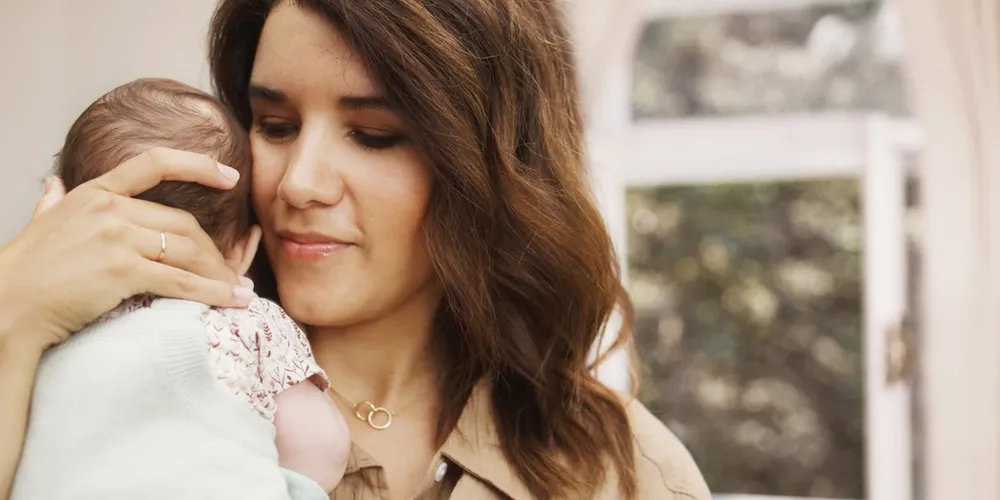All children are born with the need to suck in order to comfort themselves and pacifiers play a key role in satisfying that need. Depending on a child’s age, pacifiers can also have certain functions. Learn how and when you can make the best use of a pacifier and the best time to gradually reduce its use.
Babies have a strong sucking instinct. From about the 14th week of pregnancy, they can be seen on ultrasound scans sucking their fingers.
Babies suck when they are hungry, or to comfort or distract themselves. In the first year of life, a pacifier can be helpful in satisfying the huge need to suck.
As the baby gets older, it finds new ways to comfort itself or manage frustrating situations without a pacifier.
Adults and children often find it difficult to give up the pacifier. In many cases, it is the first issue in the parent/child relationship where boundaries need to be set consistently and where developmental steps for the child are expected.
We put together all the key information you need about pacifiers and their function:
Pacifier function
The pacifier fulfils various functions depending on the child’s age.
In the first months of life, the infant sucks the pacifier to satisfy its need to suck. This serves as a comfort mechanism.. As children get older, they find other ways of comforting and distracting themselves.
Why does a child need a pacifier?
In the 1st year of life
- Satisfies the instinct to suck
- Comforts and distracts the infant
- Helps to ease stress
- Is a recommended measure to prevent Sudden Infant Death Syndrome
In the 2nd and 3rd year of life:
- Helps the child to comfort itself
- Helps to ease stress
- Can be an additional support for a child’s independence
Managing pacifiers use - the parents’ role
In the 1st year of life
- Use a pacifier to help comfort the child
- At the same time, start to develop other ways of comforting the child (e.g. relaxation through toys, music, physical presence)
- Use pacifiers to provide comfort in specific situations
- Reduce the availability of the pacifier
- Start asking the child to remove the pacifier, for example, when speaking
- Only use the pacifier in exceptional situations (e.g. moving house, new family situations)
- Encourage and use other methods to comfort the child




























